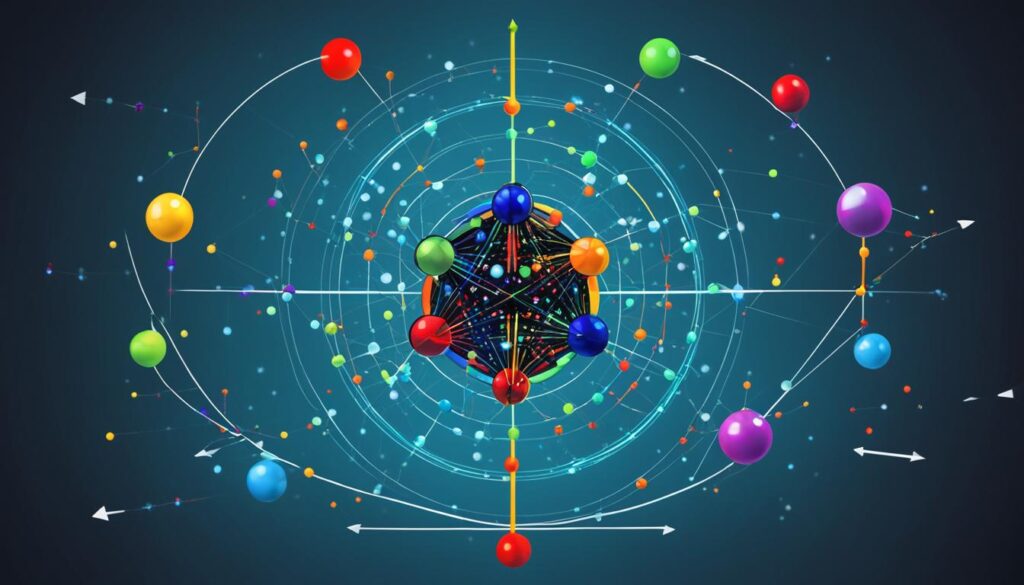Quantum computing represents a paradigm shift in computational capabilities, borne from the principles of quantum mechanics. At the heart of this revolutionary technology lies the qubit, or quantum bit, which serves as the fundamental unit of information. To understand the essence of a qubit, it is imperative to delve into its unique characteristics, operational principles, and the diverse varieties found within the realm of quantum computing.
A qubit effectively serves as a superset of the classical bit, which can exist in one of two states: 0 or 1. Unlike classical bits that manifest binary states, qubits leverage the principles of superposition and entanglement, allowing them to occupy multiple states simultaneously. This capability endows qubits with the potential to process and store information at an unprecedented scale, unleashing computational paradigms that classical systems cannot achieve.
To appreciate the qubit’s functionality, it is essential to comprehend superposition. In classical computing, a bit is confined to a singular state at any given time. Conversely, a qubit can exist in a linear combination of both states, represented as |0⟩ and |1⟩. Mathematically, this is expressed as:
|ψ⟩ = α|0⟩ + β|1⟩
where |ψ⟩ denotes the state of the qubit, and α and β are complex probability amplitudes that signify the likelihood of measuring the qubit in either state upon observation. The remarkable aspect is that before measurement, the qubit can be considered to exist in this superposition, potentially yielding exponentially greater data processing capabilities.
In tandem with superposition, entanglement introduces another layer of complexity and power. Entangled qubits exhibit a correlation such that the state of one qubit cannot be described independently of the state of another, regardless of the distance separating them. This non-local property augments computational throughput and enhances quantum communication channels. When manipulating entangled qubits, a holistic approach must be adopted to fully leverage their interdependency, allowing quantum algorithms to operate at levels of efficiency unattainable in classical architectures.
With respect to physical implementations, qubits can be instantiated using various technologies, each exhibiting distinct operational methodologies. The prominent types include:
- Superconducting Circuits: Superconducting qubits are among the most widely researched. They utilize Josephson junctions to create oscillating circuits that can maintain quantum states at ultra-low temperatures. These circuits are particularly valued for their scalability and coherence times.
- Trapped Ions: This methodology employs charged atoms confined by electromagnetic fields. Manipulating these ions with laser beams allows for precise control of quantum states. Trapped ions boast high fidelity operations, but their scalability presents technical challenges.
- Topological Qubits: Leveraging exotic quasiparticles known as anyons, topological qubits aim to encode information in a more fault-tolerant manner. Though still in developmental phases, they embody the promise of increased stability against environmental perturbations.
- Photonic Qubits: Photons serve as qubits in this approach, exploiting their quantum properties for information representation. Photonic qubits are particularly advantageous for quantum communication due to their ability to travel long distances without degradation.
Each qubit implementation reflects a trade-off between coherence, gate fidelity, and operational efficiency. Understanding these nuances is critical when evaluating the potential of different quantum computing systems for specific applications.
The collective performance of qubits brings forth quantum gates, the operational building blocks of quantum circuits. These gates manipulate qubit states through quantum operations, allowing for the realization of quantum algorithms. Quantum gates, analogous to logical gates in classical computing, are pivotal in constructing quantum circuits capable of executing sophisticated algorithms such as Shor’s algorithm for integer factorization or Grover’s algorithm for unstructured database search.
As quantum computing continues to burgeon, the theoretical and practical implications of qubits extend beyond computational prowess. The advent of quantum supremacy—defined as the point at which quantum devices perform tasks unmanageable by classical supercomputers—revels within the unique capabilities endowed by qubits. This unprecedented functionality holds profound implications for various sectors, including cryptography, material science, and artificial intelligence.
Furthermore, the convergence of qubit technology with other fields, such as machine learning and optimization, augurs a new era of advanced computational methodologies. Quantum-enhanced algorithms could revolutionize problem-solving paradigms, leading to solutions for problems deemed intractable by classical means.
Challenges persist, however. Issues such as noise, decoherence, and the fidelity of quantum operations necessitate ongoing research and innovation. The quest for fault-tolerant quantum computing hinges on the development of error-correcting codes and robust qubit architectures that can withstand the vicissitudes of real-world computational environments.
In summary, the qubit represents more than just a computational unit; it is a gateway to a realm of possibilities that redefine our understanding of information processing. The marriage of superposition, entanglement, and diverse physical realizations enhances the allure of quantum computing, promising transformative advancements across multifarious disciplines. As research progresses, the intrinsic qualities of qubits will likely catalyze the emergence of a new computational paradigm, one that profoundly changes our technological landscape.










